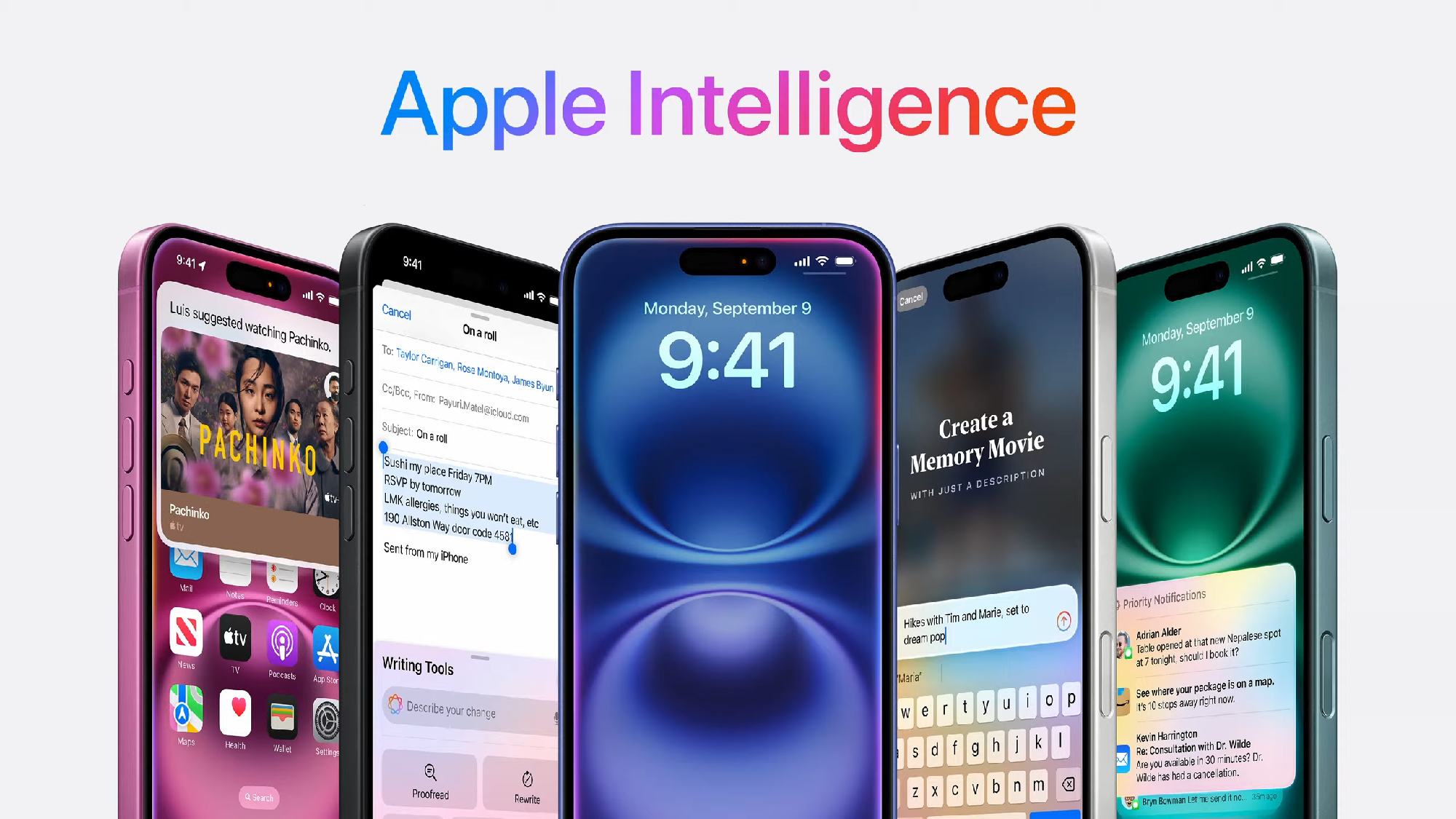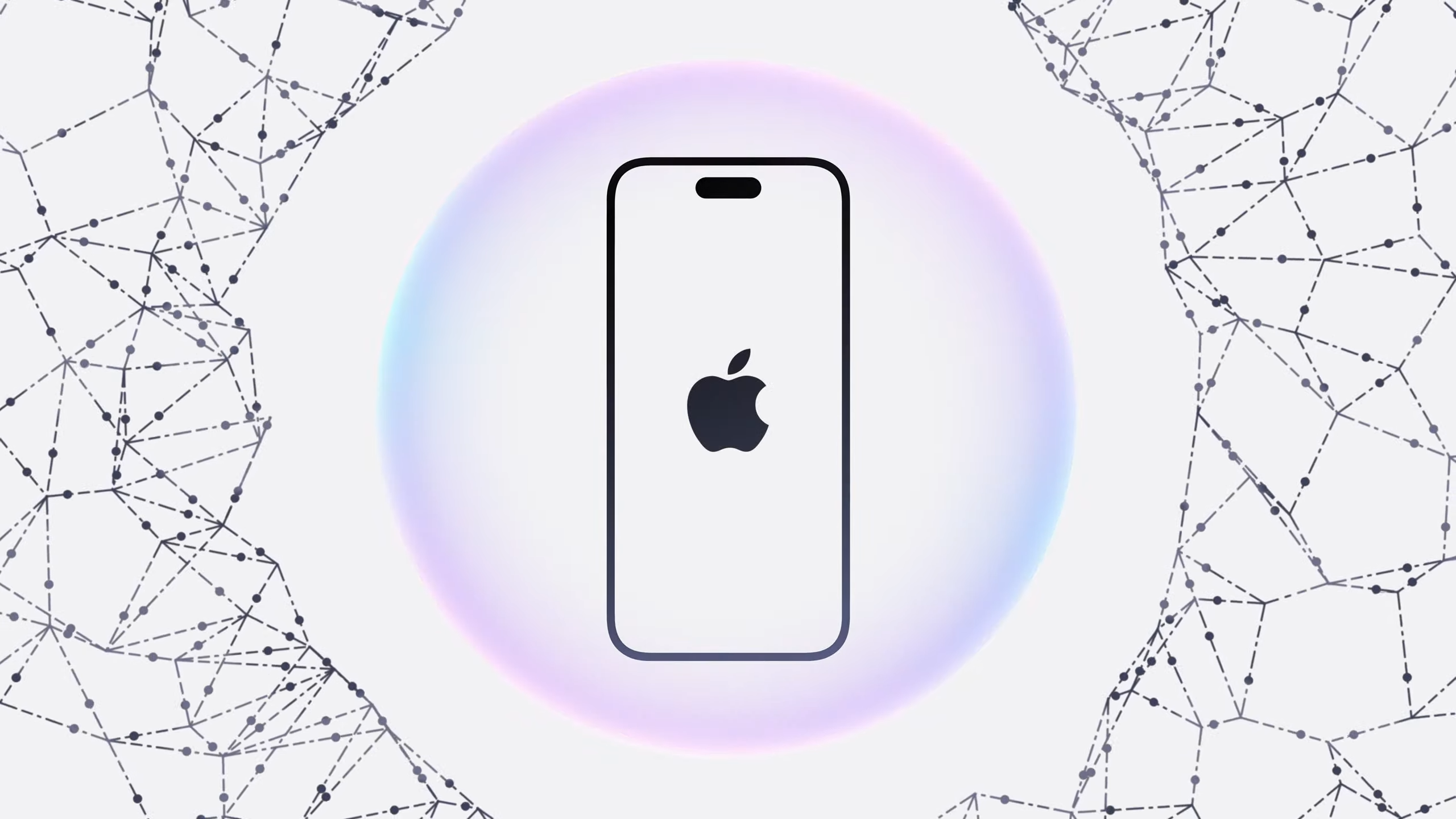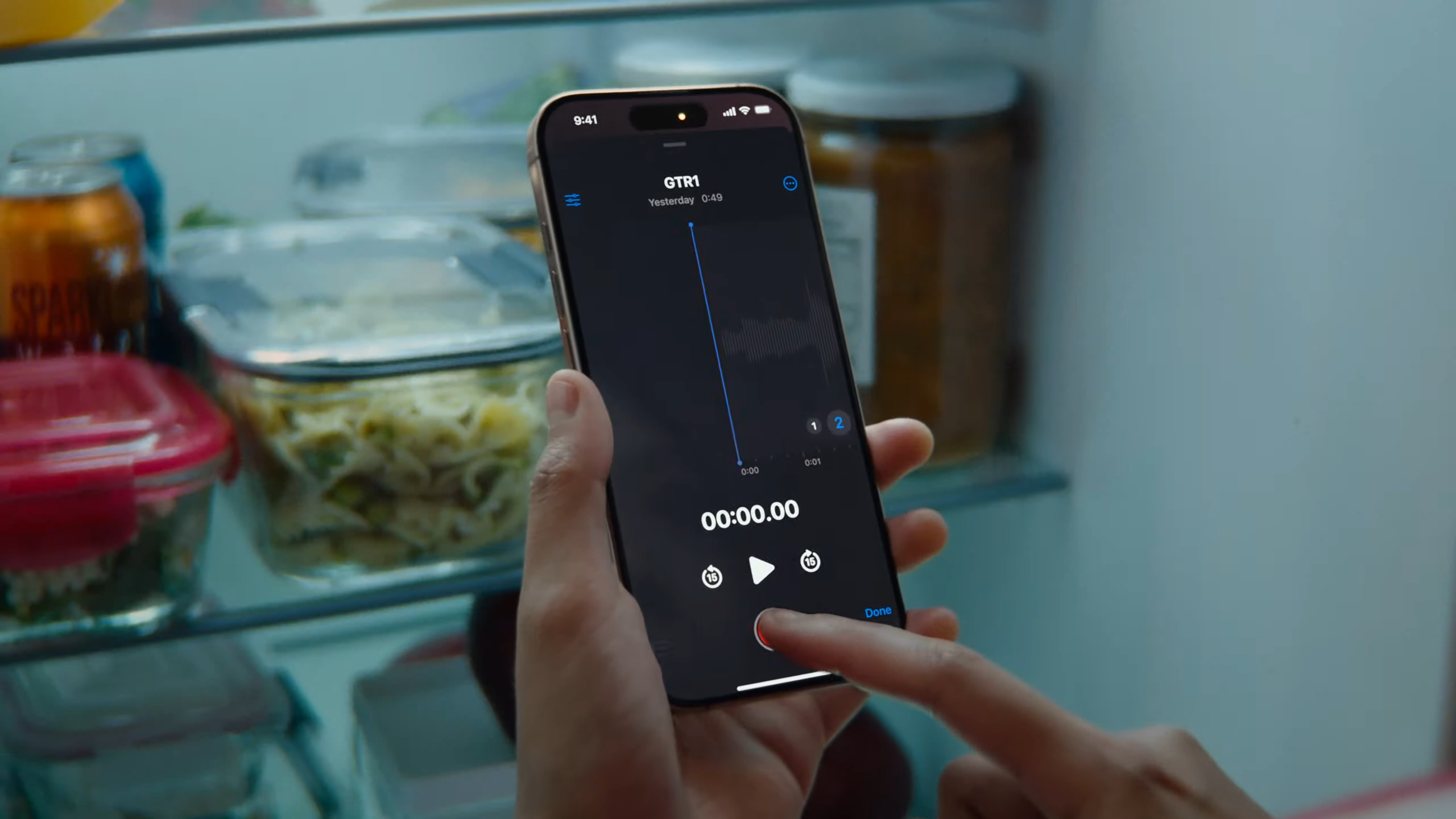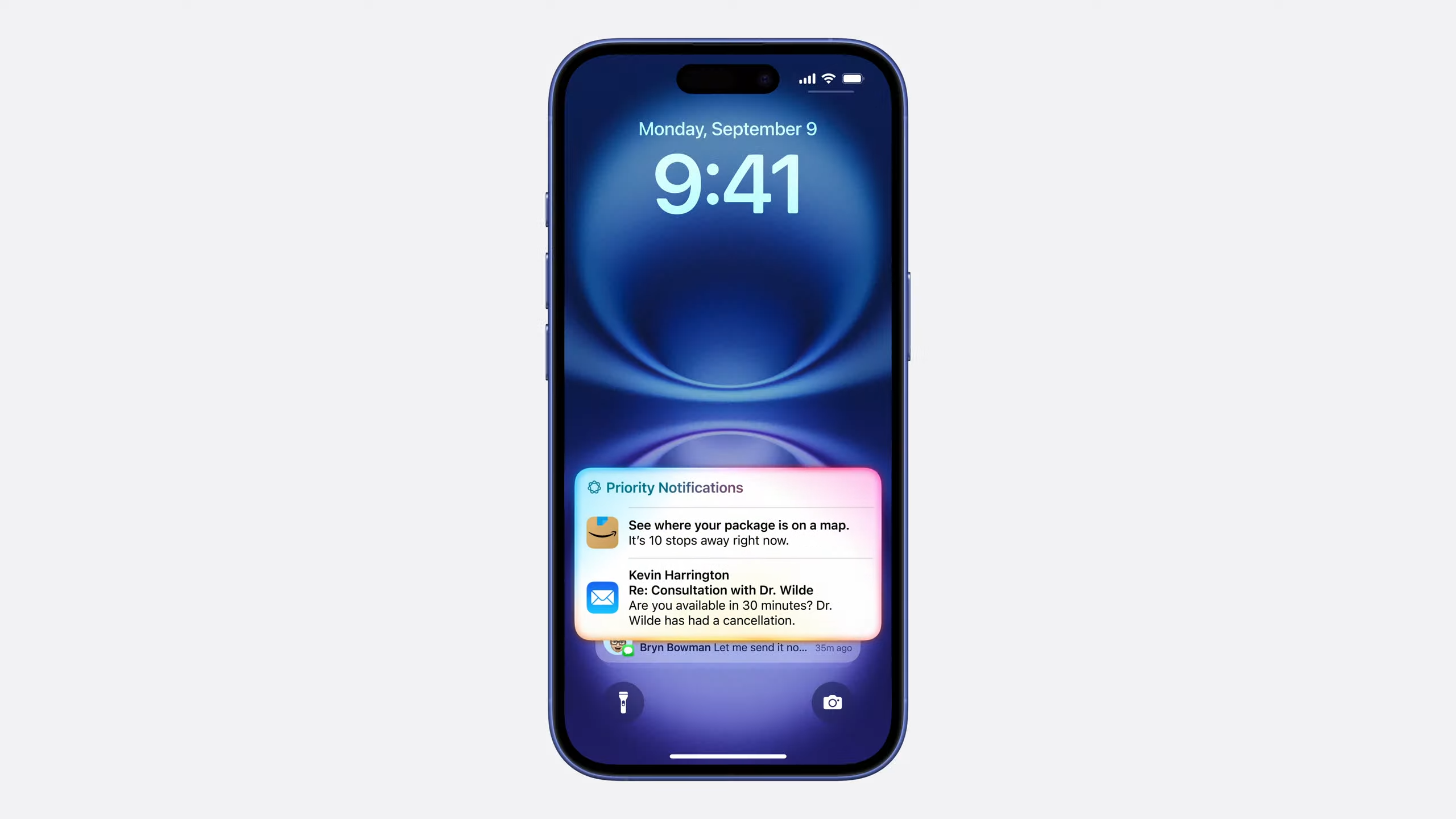
We’ve reached a point where it is harder to find a phone or computer that doesn’t boast about its artificial intelligence credentials than it is to find one that does. AI is everywhere and in everything — often for no obvious reason — and Apple is no exception with the iPhone 16.
Apple may have been late to the generative AI game, lagging behind Google, Microsoft and newcomers like OpenAI and Anthropic, but it is quickly catching up. It could easily surpass the capabilities of the current industry leaders.
While it is true that Apple didn’t jump on the large language model bandwagon soon after ChatGPT launched, unlike Google and Microsoft, the Cupertino company has been heavily involved in machine learning and forms of AI for decades, using it throughout its operating systems.
This heritage and other reasons, including a focus on privacy, deep software and hardware integration, and access to personal data, are why I think Apple is well-placed to lead the AI pack.
1. Privacy and data protection

Apple’s commitment to privacy gives it an edge in the AI space, as people cite concern over data security as a primary reason for avoiding using artificial intelligence.
Most of the processing for Apple Intelligence will happen on-device without any personal data sent to the cloud. Even when personal data does go to the cloud, it is in a secure format through a personal cloud.
2. Hardware and software integration

Apple’s AI is deeply integrated into its hardware and software ecosystem, making it incredibly user-friendly and giving Apple more control, allowing for smaller models that can utilize the full capabilities of the Apple Silicon chips — future versions of which will be built with AI in mind.
Speaking of hardware integration, Apple’s new Visual Intelligence model will work with the Camera app, Photos library and new Camera Control button to give the AI a view of the world outside the phone and allow you to use AI to analyze the real world.
3. Personal context and data

The iPhone is more than just a means to call other people or even a pocket computer; it is, for most people, a record of your life. It holds contacts, notes you make to yourself, your journal, emails, voice notes and messages. It has your photos, videos and even your TV viewing habits.
This is known as personal context, and when combined with Apple Intelligence models for analysis and Siri for interaction, it turns into the perfect assistant. An assistant that knows so much about you, it can predict your subsequent actions — including which notifications should be a priority, which apps you want at certain times of the day and which calls you ignore most.
While other platforms like Microsoft and Google have access to this personal context, it isn’t on the same deeply integrated level as the Apple ecosystem.
4. Simple consumer-focused implementation

Apple is very good at making complex technology easy to use and understand, which is no different with AI. It is built into Siri, made to look good, and embedded seamlessly throughout the operating system. Even the way Apple creates a clone of a user's voice or uses Vision AI to look for elements within an image in Photos is non-technical and impressive.
This ability to translate the complex into something intuitive has stood Apple so well up to this point and will help them with AI, where users can talk to the phone and get a new image, a re-write of a story or even help change a specific setting.
5. AI Vision built into the camera

Apple’s Visual Intelligence, built into iPhone 16, was one of the most exciting announcements out of the Glowtime event. It isn’t new technology; everyone from Google to Anthropic offers it. The implementation is typical Apple — obvious and straightforward.
Using it is as simple as opening the camera app and using it to look at something. Whether scanning a dog to identify its breed or pulling up a restaurant’s reviews by pointing the camera at its door, Apple’s Visual Intelligence provides contextual, real-world applications.
Final thoughts
Overall, Apple's combination of privacy, seamless integration, ease of use, personalization, and the implementation of AI vision mixed with deep access to personal context will give Apple the edge over companies like Google and Microsoft.
The other hidden value is in Apple’s deep pockets and ability to spend time researching efficiency improvements to put ever more AI power on-device and buy companies offering services it can’t build itself.
With the App Ecosystem, Apple is also well-placed to strike partnership deals with companies like Google and OpenAI. Add new features that let developers expose specific aspects of an app's functionality to Siri — and you start to get a picture of the iPhone as your true AI assistant.







